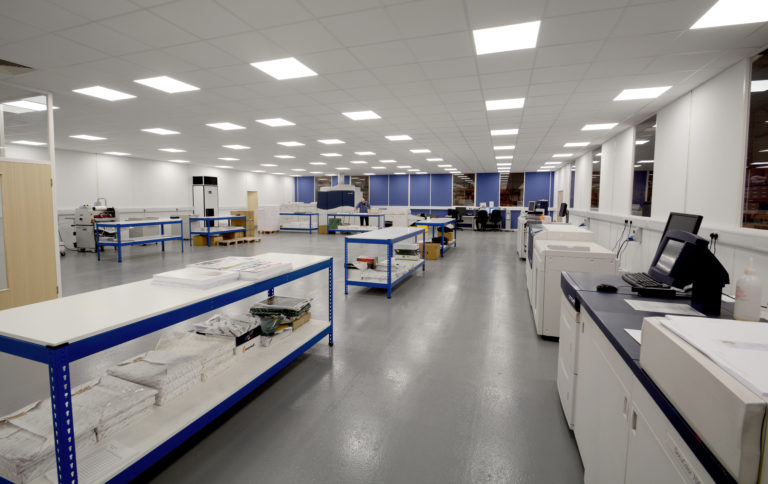In the last three months, I’ve had two firefighting assignments. No, I have not become an amateur firefighter.
Firefighting is what I call a production strategy that lacks a process orientation. The printing industry is filled with companies with firefighters.
It’s easy to spot the firefighting culture. At least once a day, something goes wrong. Someone, perhaps the manager, becomes the firefighter. As the firefighter tries to identify the root cause of the problem, they interrogate staff, trying to identify who made the mistake.
There are three main issues associated with the firefighting process: morale, productivity and costly mistakes. 
- While the firefighter can feel exhilarated after they fix something, others are not. Staff often reports they are “stressed-out” by the firefighting process as the blame goes from one person to the next resulting in morale complaints.
- Productivity usually suffers as multiple people in the workflow stop working as the firefighter tries to identify the root cause.
- Departments with firefighting cultures typically make more mistakes resulting in more rework and waste. The highest percentage of waste we’ve seen is 25% of sales and the highest cost associated with waste is $600,000/year.
As the time and cost of firefighting continues to grow, senior management starts to take notice. A decade ago, the question was “Is this how other companies work?” After the Jim Collins best-selling book Good to Great, the questions changed to two of the popular expressions from the book such as: “Do we have the right people on the bus?” and “Are they sitting in the right seats?”
The simple answer is ‘no’ that is not how production is done in leading companies. Firefighting is not a best practice; it is a non-process approach that doesn’t fix the workflow process. The alternative to firefighting is a fire prevention culture. Fire prevention requires more patience because the process takes more time to develop and includes input from staff.
Fire prevention is a process-oriented approach, which seeks to develop solutions by creating Standard Operating Procedures (SOP). If a new problem occurs, the root cause is identified and the SOP is changed to ensure that the same problem doesn’t reoccur.
The goal is to change the process, not just repair one job.
To identify if your workflow is Process or Non-Process, answer these three questions.
1. How often do production problems occur?
2. When the solution is created, is there a formal written procedure to document and communicate that to staff?
3. When problems are addressed, do they reoccur?
If you answered: once every day or two; there are no formal written procedures; or the problems reoccur – then you are firefighting.
–
Howie Fenton is the Vice President of Consulting Services for IMG. He helps in-plants measure, identify and overcome operational issues. To learn more about measuring performance, benchmarking to leaders, increasing productivity, and improving your value, e-mail hfenton@imgresults.com.



